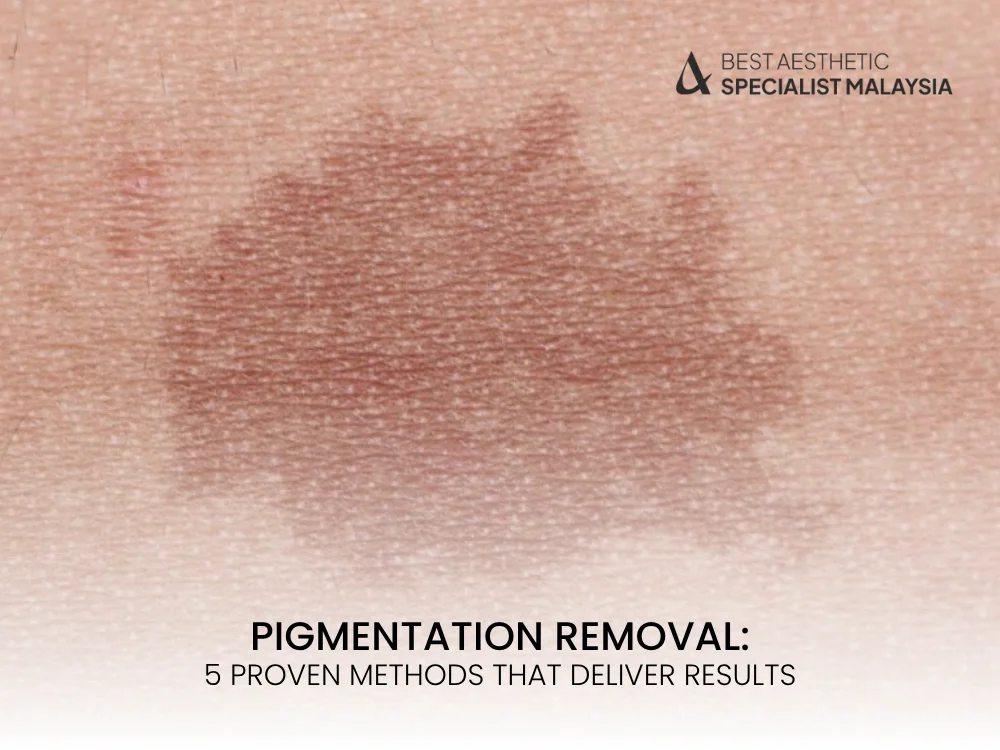Hyperpigmentation is one of the most stubborn skin concerns, affecting people of all skin types and ages. From sun spots and acne scars to melasma and age spots, pigmentation issues can severely impact self-confidence. But there’s a silver lining—modern pigmentation removal techniques have come a long way and are more accessible than ever. This article covers scientifically backed solutions, lifestyle changes, and dermatological insights to help you achieve an even-toned, radiant complexion.
Understanding Pigmentation: What Causes It?
Before diving into pigmentation removal methods, it’s essential to understand what triggers skin discoloration in the first place.
Types of Pigmentation
- Melasma: Hormonal pigmentation, often worsened by sun exposure or pregnancy.
- Post-Inflammatory Hyperpigmentation (PIH): Dark spots left after acne, burns, or injuries.
- Sunspots (Lentigines): Caused by prolonged UV exposure, common on the face and hands.
- Freckles: Inherited pigmentation, usually not harmful but can become darker with sun exposure.
Common Causes
- UV Damage: Sun exposure is the number one cause of uneven skin tone.
- Hormonal Imbalance: Estrogen and progesterone fluctuations can increase melanin production.
- Skin Trauma: Any skin injury or inflammation can result in lingering dark spots.
- Genetics: Family history can make one more prone to pigmentation problems.

Lifestyle Habits to Support Pigmentation Removal
Consistency in skincare and lifestyle plays a crucial role in managing and reducing pigmentation over time.
Sun Protection is Non-Negotiable
Daily sunscreen use is vital. Choose a broad-spectrum SPF 50+ and reapply every 2 hours, especially when outdoors.
Healthy Diet for Skin Clarity
Consume antioxidant-rich foods like berries, leafy greens, and vitamin C-loaded fruits to reduce oxidative stress on the skin.
Hydration and Sleep
Drinking adequate water and maintaining a proper sleep cycle supports skin regeneration, helping to fade pigmentation gradually.
Topical Treatments for Pigmentation Removal
Many topical ingredients are scientifically proven to reduce melanin production and lighten dark spots effectively.
Vitamin C Serums
A potent antioxidant that inhibits melanin production and promotes collagen synthesis. Ideal for sun spots and mild pigmentation.
Niacinamide
Also known as Vitamin B3, it reduces dark spots, brightens skin tone, and improves skin barrier function.
Hydroquinone
A powerful skin-lightening agent used under dermatological supervision. Best for targeted pigmentation removal.
Retinoids (Retinol & Tretinoin)
Encourages cell turnover and reduces the appearance of dark spots over time. It works best when combined with other agents.
Professional Pigmentation Removal Treatments
For faster and more dramatic results, dermatological treatments are highly effective and safe when performed by experts.
Chemical Peels
Peels like glycolic acid, salicylic acid, and TCA exfoliate the upper skin layers and reveal new, even-toned skin underneath.
Laser Therapy
Lasers like Q-switched, Pico, or fractional lasers target pigment at a deeper level, breaking down melanin clusters effectively.
Microdermabrasion
A mechanical exfoliation technique that removes dead skin and superficial pigmentation. Works best for mild discoloration.
Microneedling with PRP
Stimulates collagen production and allows better penetration of lightening serums. Effective for acne-induced pigmentation.
Natural Remedies for Pigmentation Removal
While slower in effect, natural remedies can help maintain results and support other treatments.
Aloe Vera
Contains aloin, a compound known to lighten skin and reduce hyperpigmentation with regular use.
Licorice Extract
Blocks the enzyme responsible for melanin production. Commonly used in herbal and OTC pigmentation creams.
Green Tea Extract
Reduces melanin formation and offers anti-inflammatory benefits to calm irritated skin.
Pigmentation Removal: Do’s and Don’ts
Proper care is essential to avoid worsening pigmentation or damaging your skin further.
Do’s
- Always wear sunscreen, even indoors.
- Use products consistently for at least 4–6 weeks.
- Visit a dermatologist if pigmentation worsens or persists.
Don’ts
- Avoid picking at acne or blemishes.
- Don’t overuse exfoliants—they can damage the skin barrier.
- Don’t self-prescribe potent actives like hydroquinone without guidance.
Psychological Benefits of Pigmentation Removal
Clearer skin not only enhances appearance but also boosts mental well-being. Many individuals report improved self-esteem and confidence after successful pigmentation removal treatments.
Addressing skin discoloration is about more than vanity—it’s about feeling your best in your own skin.
FAQs
1. What is the most effective treatment for pigmentation removal?
Laser therapy and chemical peels are considered the most effective options, especially when performed by licensed dermatologists.
2. Can pigmentation be removed permanently?
While pigmentation can be significantly reduced, consistent maintenance and sun protection are crucial to prevent recurrence.
3. Are home remedies effective for pigmentation removal?
Home remedies like aloe vera or licorice extract can support skin health but may take longer to show visible results compared to clinical treatments.
4. Is pigmentation removal safe for all skin types?
Yes, but it’s important to consult a dermatologist, especially for darker skin tones, to avoid adverse reactions or further darkening.
5. How long does it take to see results?
Topical treatments may take 4–8 weeks, while clinical treatments like lasers often show results within 2–3 sessions.
6. Is pigmentation removal expensive?
Cost varies widely. Over-the-counter products are affordable, while professional treatments like lasers may range from $150–$600 per session.

